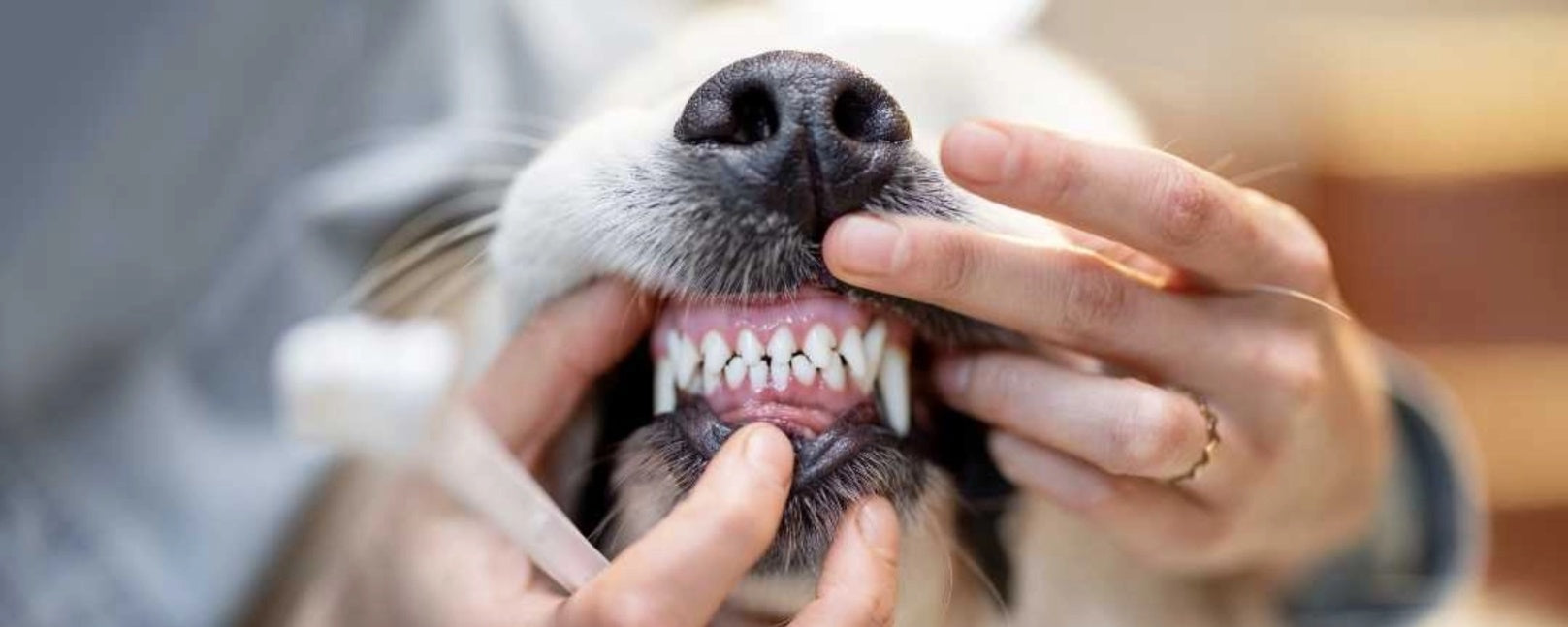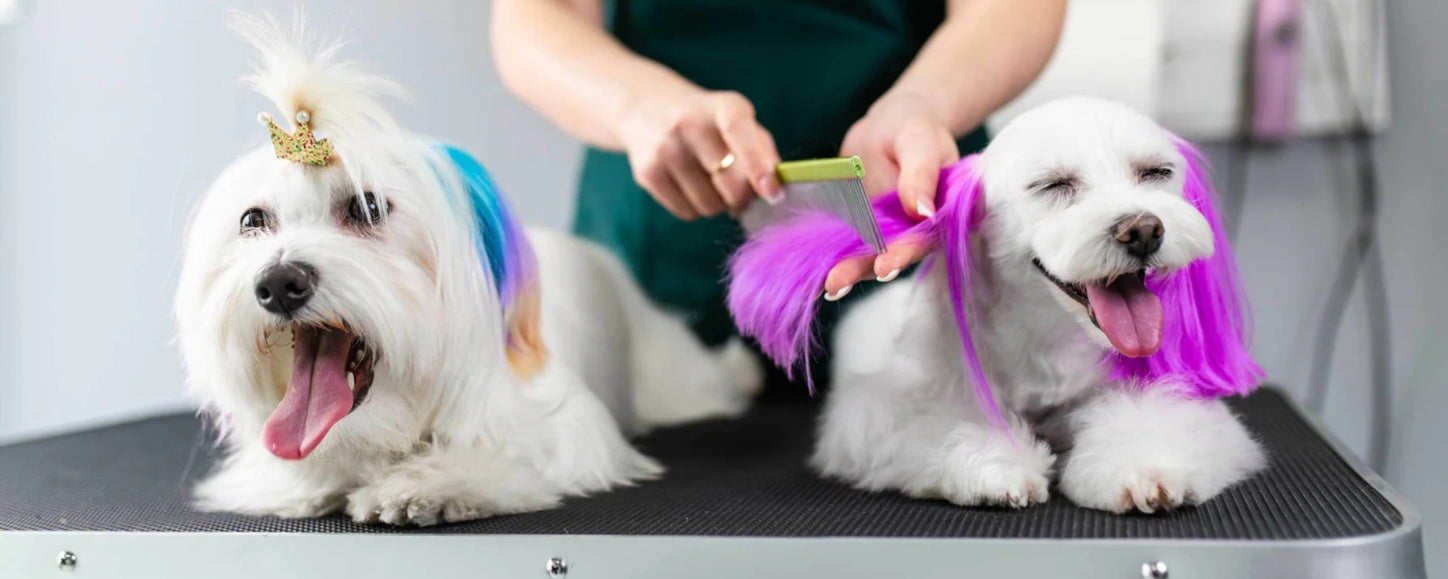How Many Teeth Do Puppies Have?
Puppies, like human babies, start life without teeth. Their first set of teeth, known as deciduous or baby teeth, begin to emerge around 3 to 4 weeks of age. By the time they are 6 to 8 weeks old, most puppies have a complete set of 28 teeth. These baby teeth are smaller and sharper than adult teeth, making it easier for puppies to chew on softer foods and explore their surroundings through mouthing.
The Transition to Adult Teeth
As puppies grow, their baby teeth gradually fall out to make way for permanent adult teeth. This transition generally begins when they are around 12 to 16 weeks old and is usually complete by 6 to 8 months of age. Adult dogs typically have a total of 42 teeth, which include 12 incisors (6 upper and 6 lower), 4 canines (2 upper and 2 lower), 16 premolars (8 upper and 8 lower), and 10 molars (4 upper and 6 lower). Each type of tooth has a specific function, enabling dogs to chew food effectively, grip objects securely, and maintain overall oral health.
Types of Teeth and Their Functions
Dogs’ teeth are designed to support their natural behaviors, from eating to playing. Here’s a closer look at each type of tooth:
-
Incisors
These are the small, front-facing teeth at the very front of your dog’s mouth. They are primarily used for grasping and scraping objects, such as when dogs groom themselves by nibbling at their fur.
-
Canines
Commonly referred to as "fangs," these long, pointed teeth are used for tearing and puncturing. They also help dogs hold onto objects, such as bones or toys.
-
Premolars
Located behind the canines, premolars are used for shearing and grinding food. They’re the teeth you might notice your dog using when chewing on a crunchy treat or kibble.
-
Molars
Found at the very back of the mouth, molars are designed for crushing and grinding tougher foods. They are especially important for breaking down harder items.
Causes of Tooth Loss in Dogs
While losing baby teeth is a natural part of growing up, adult dogs should not lose their permanent teeth. Tooth loss in adult dogs can indicate underlying health issues, some of which require immediate attention. Here are the most common causes:
· Periodontal Disease
· Trauma or Injury
· Tooth Decay
· Genetic Factors
· Age-Related Changes
How to Protect Your Dog’s Teeth
Maintaining your dog’s dental health is crucial to their overall well-being and can prevent painful tooth loss or serious health issues. Follow these veterinarian-recommended tips to keep your dog’s teeth in top shape:
1. Brush Your Dog’s Teeth Regularly
Just like humans, dogs benefit from regular tooth brushing to remove plaque and prevent tartar buildup. Use a dog-specific toothbrush and toothpaste, as human products can be harmful to dogs. Start brushing your dog’s teeth gradually, allowing them to get comfortable with the process. Aim to brush their teeth at least two to three times a week, but daily brushing is ideal for optimal results. Regular brushing can significantly reduce the risk of gum disease, which is one of the leading causes of tooth loss in dogs.
2. Provide Dental Chews and Toys
Dental chews and toys are not just entertaining for your dog; they also play an essential role in promoting oral hygiene. These products are specially designed to help scrape away plaque and tartar as your dog chews. Look for veterinarian-approved dental chews or toys made from durable, non-toxic materials. Be sure to choose items that are appropriately sized for your dog to avoid choking hazards. Incorporating dental chews into your dog’s routine can make dental care more enjoyable and less of a chore.
3. Schedule Regular Vet Checkups
Routine visits to the veterinarian are critical for maintaining your dog’s dental health. During checkups, your vet can examine your dog’s teeth and gums for any signs of issues, such as gum disease, cavities, or infections. Professional dental cleanings, performed under anesthesia, allow your vet to thoroughly remove plaque and tartar buildup that cannot be addressed with brushing alone. These cleanings also give the vet an opportunity to inspect for loose or damaged teeth that may require treatment. Regular checkups ensure any problems are detected early, preventing more severe complications down the road.
4. Feed a Balanced Diet
Your dog’s diet plays a significant role in their oral health. High-quality dog food, particularly those formulated for dental care, can help reduce tartar buildup and support healthy teeth and gums. Dry kibble can be particularly beneficial, as the crunchiness helps to scrape plaque off the teeth. Avoid feeding your dog sugary treats or table scraps, as these can contribute to tooth decay. Consult your veterinarian for recommendations on the best food to meet your dog’s specific dietary needs while promoting dental health.
5. Monitor for Signs of Dental Problems
Being attentive to your dog’s behavior and oral health is essential for early detection of dental issues. Common warning signs include bad breath, difficulty eating, drooling, bleeding gums, and loose or discolored teeth. Changes in behavior, such as avoiding chew toys or showing signs of pain when eating, may also indicate a problem. If you notice any of these symptoms, consult your veterinarian immediately. Early intervention can prevent more severe conditions, such as tooth loss or infections that could spread to other parts of the body.
Conclusion
Understanding your dog’s dental anatomy and the causes of tooth loss is key to ensuring their long-term health and happiness. From the emergence of their first baby teeth to the care of their adult set, proper dental hygiene is crucial. By taking preventive steps and working closely with your veterinarian, you can help your dog maintain a healthy, pain-free mouth for years to come.
Your dog relies on their teeth for more than just eating—it’s a cornerstone of their health and quality of life. Stay proactive about dental care, and your dog will thank you with a happy, healthy smile.








